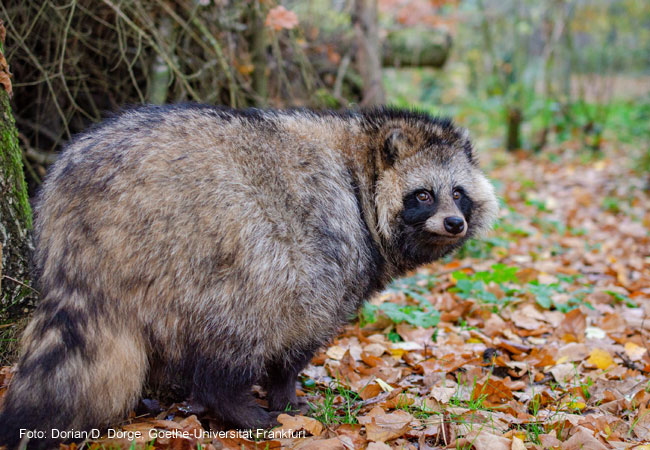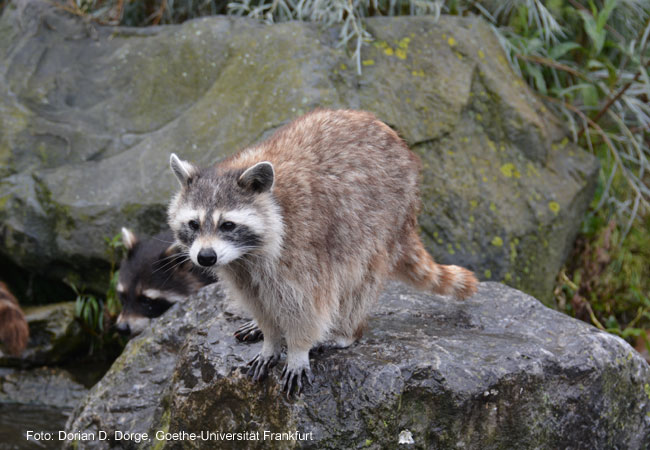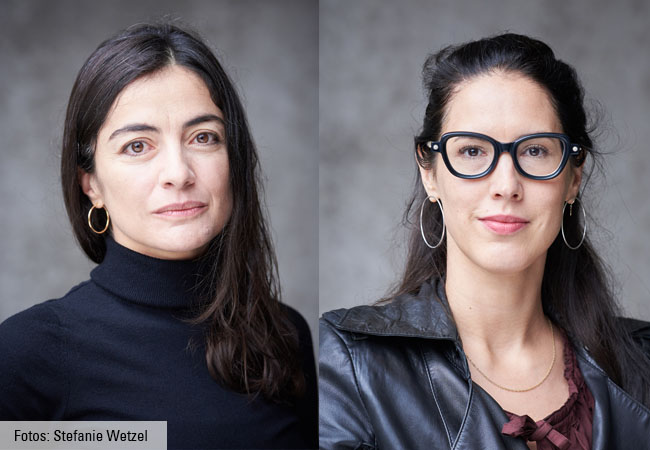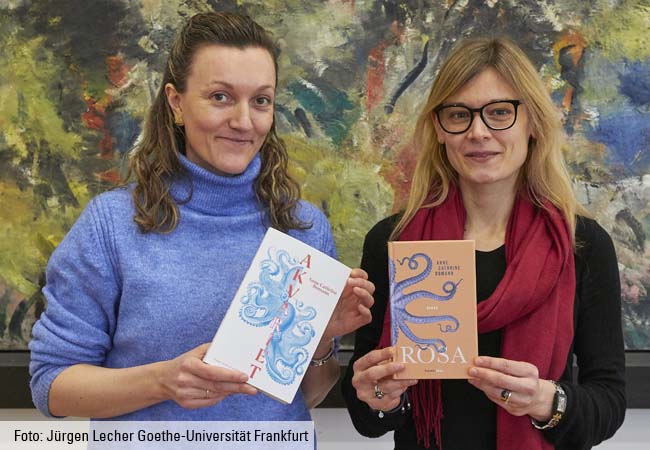
The raccoon, raccoon dog, mink and golden jackal are not native to Germany or Europe, but are increasingly spreading in these non-native regions. The joint research project ZOWIAC, “Zoonotic and ecological effects on wildlife of invasive carnivores” by Goethe University and the Senckenberg Society for Nature Research will study how these invasive and alien species threaten biological diversity and which diseases they can transmit to humans as well as animals. The project is mainly funded by the German Federal Environmental Foundation (DBU). The research project will receive additional funding and support from Senckenberg and the regional hunting associations in Hessen and Bavaria, and will also involve nature conservation groups, hunters and citizens.
More and more exotic animals and plants are being intentionally and unintentionally introduced into Europe from areas where they naturally occur. In Germany alone, more than one thousand invasive alien species (IAS) are registered. Invasive species cause significant changes to species communities and ecological systems and are considered one of the most important risks to biological diversity. Because they transmit diseases or serve as intermediate hosts for pathogens, they threaten the health of humans as well as pets, livestock and wildlife. The EU Commission estimates the annual economic and health damage caused by IAS in Europe at 9.6 to 12.7 million euros. In the course of globalisation and the increasing population and settlement density, invasive species are also attaining increasing significance in cities.
Among the species that are spreading more and more in Europe are the two predatory mammals raccoon (Procyon lotor) and raccoon dog (Nyctereutes procyonoides), which are considered invasive, as well as the mink (Neovision vison) and the golden jackal (Canis aureus), the latter occurring with increasing frequency in Germany over the last ten years. Due to their broad food spectrum and high adaptability these animals are able to live in almost any natural habitat. They are suspected to be among the factors responsible for the decline of numerous indigenous species, some of which are endangered, such as bats, various amphibian and reptile species, and ground-nesting birds. The project will also investigate whether their moving into urban areas favours the transmission of pathogens to humans and animals, so-called zoonoses.
A zoonosis introduced to Europe by the racoon is the racoon roundworm (Baylisascaris procyonis), whose eggs are spread through the animals’ faeces. This poses a potential threat to human health, particularly in cities, where racoons utilise anthropogenic food resources and spaces. Racoons also serve as reservoir hosts for coronaviruses, lyssaviruses (rabies), canine distemper virus, and the West Nile virus. The spectrum of pathogens of the racoon dog resembles that of the racoon. In addition, it is considered the final host of the fox tapeworm (Echinococcus multilocularis). The mink is one of the most widely spread alien mammal species worldwide and is considered a carrier of a variety of zoonoses such as leptospirosis, trichinosis and toxoplasmosis. The golden jackal carries zoonosis pathogens as well. Some of them, such as the canine tapeworm (Echinococcus granulosus), the canine roundworm (Toxocara canis) and trichinae, can have significant effects on public health.

The joint project ZOWIAC will make an essential contribution to the development of up-to-date, sound and reliable data in order to better assess the health risk posed by the raccoon, raccoon dog, mink and golden jackal, and their impact on native species and ecosystems, says project leader Professor Sven Klimpel from Goethe University and the Senckenberg Society for Nature Research. A systematic monitoring of the most frequently associated pathogens will be carried out. Furthermore, spatial aspects will be considered in particular, i.e. established populations in urban and rural regions (agricultural/forestry/bodies of water), populations at their current distribution limits in Europe, as well as from the regions of origin (North America, Asia). Daliy movement patterns can be determined by radio collaring single individuals. Metabarcoding of stomach and faeces samples will provide detailed information on food spectrum and parasite fauna, in order to better estimate possible effects on biodiversity and the zoonosis potential. Various population and environmental parameters will be collected and used to create dispersal models to show the potential distribution and occurrence of these carnivorous mammals also under changing climatic conditions, Klimpel explains further.
Since the future success in mitigating negative effects from IAS will depend largely on public understanding and participation, all relevant groups and actors will be involved. In addition to cooperation partners from the scientific community, hunting associations and relevant ministries, citizens will also be involved in the research project (Citizen Science). As a basis for this exchange, an application and an online communication platform will be developed to generate data and provide information on current research findings. Since ZOWIAC includes aspects on wildlife ecology and health research, the project will also deliver results that can serve relevant ministries and authorities as a basis for decisions on how to handle invasive and alien predators in Germany and Europe.







